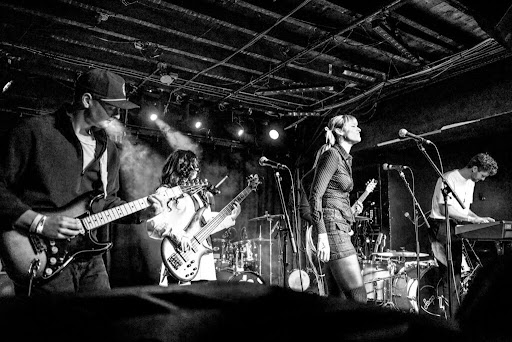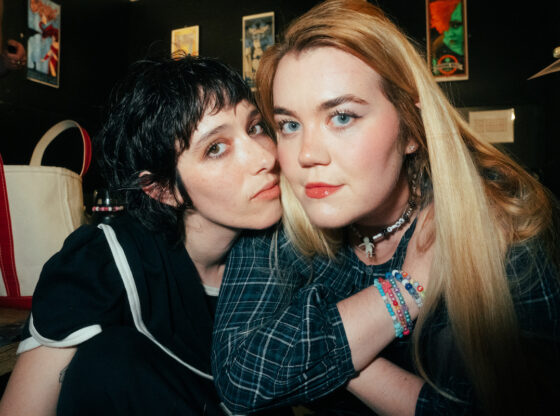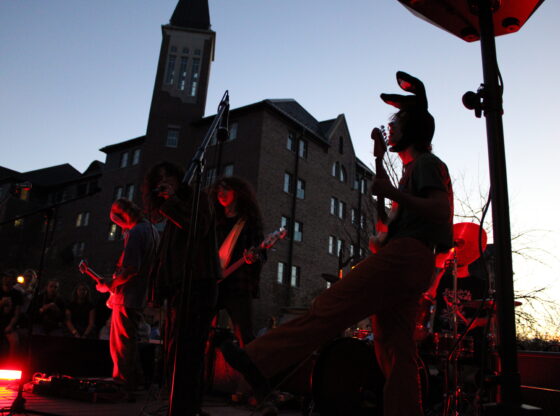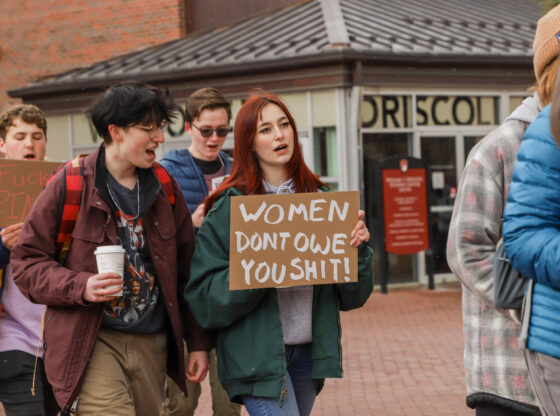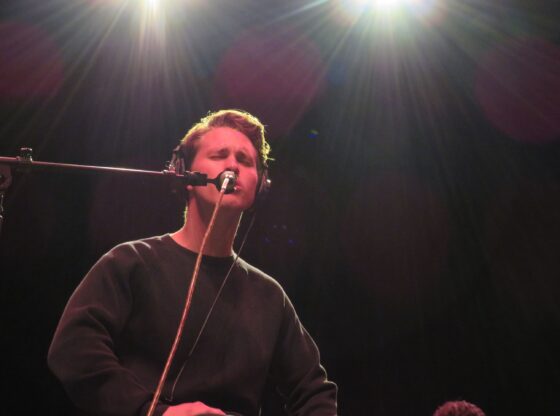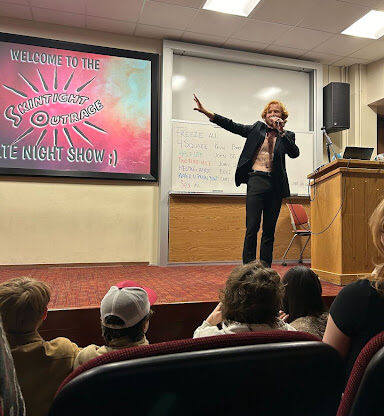Mi Tierra, an exhibit hosted by the Denver Art Museum (On View until October 22) features various installations by thirteen Latino artists that center around the subject of place, or perhaps placelessness, in the American West. Mi Tierra walks the intersections of identity in contemporary culture, from the social, political, cultural, and personal.
In light of National Hispanic Heritage Month (September 15 to October 15) which celebrates the histories, cultures and contributions of American citizens whose ancestors came from Spain, Mexico, the Caribbean and Central and South America, we urge you to visit before the exhibition is over. The works are as vibrant and complex as the array of the culture they aim to translate into art, and the exhibition gives visitors a glimpse into the personal geographies of those who live amidst multiple cultural identities.
The artists (Including Gabriel Dawe, Carmen Argote, Daniela Edburg) examine their own diverse histories, and the intersectional layerings of Hispano-American culture in cities across the Western United States. The explored themes are multivalent but include labor, nostalgia, memory, visibility, and displacement. Installations incorporate many methods including digital animation, mixed media, performance-based video art, fiber constructions, painting, sculpture, and ceramics.
For Mexican-Americans, the physical boundary of the border countries can divide them: their families, their lives, their language, their cultural identity. Often times, we’re asked to define our identity in a singular manner. Check one box which best applies. Mi Tierra is more honest, and instead celebrates the multiplicity and fluidity of identity, because we are all much more than any singular thing; we’re more like landscapes.
The artists respond to the questions life too often confronts them with: who are you, what are you — with deserved complexity. But these answers are all too painfully crucial now, as our country aims to separate itself from its neighbor.
It may be possible to redefine citizenship, further control our borders and immigration policies, and cut funding for DACA (Deferred Action for Childhood Arrivals, a program born during the Obama Administration) but we cannot deny the duality of millions of people, people who can’t help but fit more than one box, people who are multilingual, multicultural, and just plain more. Visit the exhibition for a peek into the complex geographies that people of Latin American descent inhabit, and for a chance to further understand the world that we all collectively live in.




